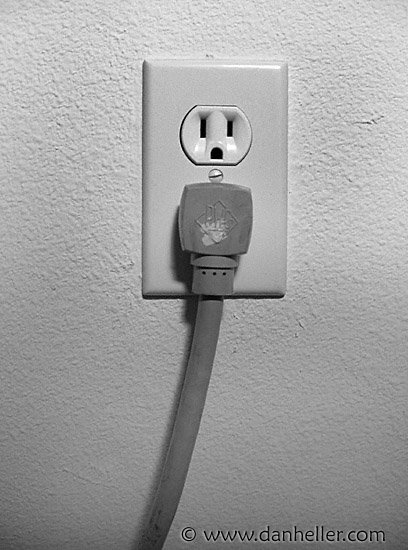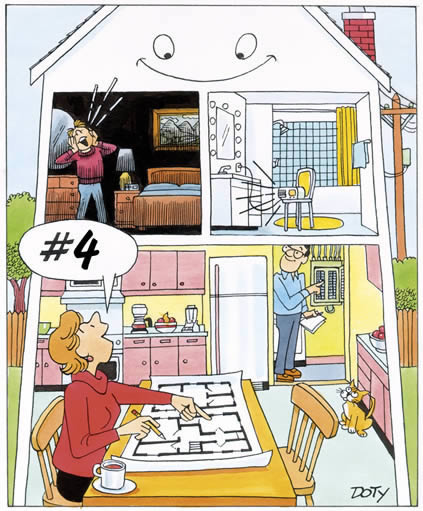
The whole point of a modern electrical system, aside from safety, is to have power, fixtures, and devices where you want them. You’re only reading this chapter if you have an outdated system or if you’re building your own home or addition. Newer houses rarely need circuits added unless they are being physically expanded or you’re adding more power to an area such as an unfinished basement, a garage, or outdoors. Don’t underestimate your needs. If you’ve got the time, install all the receptacles a circuit can handle. You’re already tearing up the walls, why find out later that the one wall on which you didn’t install a device was where you could really use one? Use the current code as a guide whenever practical for lighting and receptacle requirements. The only time you must follow it is during a major remodel when all the walls are open in an existing room and you’re running new wiring or when you’re adding on.


 In some respects, doing a major rewiring job is easier than doing intermittent alterations. For one thing, you don’t have to mess with tying into much of your old wiring because you’ll be replacing it. Instead of updating the critical areas such as the kitchen and bathroom and just living with the inherent remaining limitations of the old system, you’ll have upgrades everywhere. In other words, you’ll be up to code (or mostly up to code) and be done with it.
In some respects, doing a major rewiring job is easier than doing intermittent alterations. For one thing, you don’t have to mess with tying into much of your old wiring because you’ll be replacing it. Instead of updating the critical areas such as the kitchen and bathroom and just living with the inherent remaining limitations of the old system, you’ll have upgrades everywhere. In other words, you’ll be up to code (or mostly up to code) and be done with it.